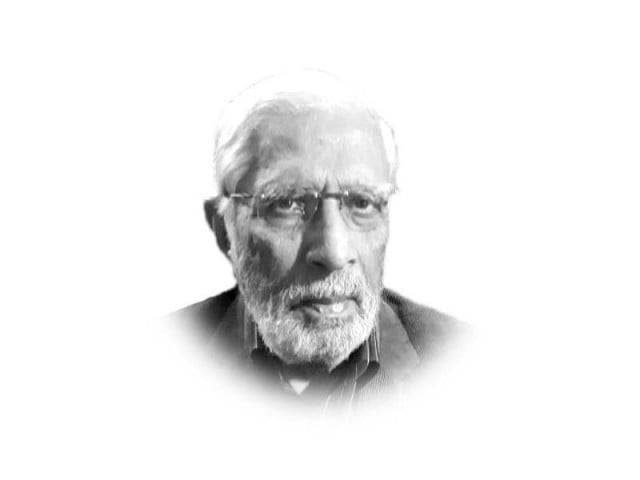Looking for a job?
Social media seems to have totally disrupted the fourth estate’s economy and its clout

The job market for journalism is in a total disarray currently. It is almost like a bloodbath with thousands having already lost their jobs over the last three or so years. Many newspaper editions have been closed while broadcast media has drastically curtailed staff. Those who could retain their jobs had done it at the cost of substantial cuts in their salaries which they receive long past the due dates.
Meanwhile, the conventional business model that Pakistani media houses had working for decades is disappearing fast, if not already rendered out of shape. Newspapers seem to be fighting an already lost battle while broadcast media seems surviving by the skin of its economic teeth.
Social media seems to have totally disrupted the fourth estate’s economy and its clout.
Of course, old-school journalism that we knew until about a decade ago does not seem to have any future because the very language of journalism seems to have undergone visible change. Journalism now talks in the digital language.
One, therefore, needs to demonstrate digital and social media skills to be able to find a place in the profession. And a smartphone is a necessary tool. It is pen, camera, subeditor, editor, reporter, publisher, printer, projector, all put together in one handy device.
Even then today is not an ideal time to be looking for a journalism job because the industry itself seems to be besieged by umpteenth uncertainties.
Still, exceptional talent will always find a lucrative niche. But for those equipped with normal skills finding a job is an uphill task as they would first need to undergo a crash course on their own for (as advised by the US-based society for advancing business editing and writing (SABEW) learning to code, build digital graphics, shoot better pictures, craft visually more interesting news stories and take better videos. Meanwhile, as per SABEW’s advice you also need to sharpen your Search Engine Optimisation (SEO) expertise, mastering in the process of search engine tools and strategies.
According to SABEW, the industry needs reporters who can shoot photos, build galleries, moderate panels and create visual news stories. Editors are looking for photographers who can shoot video, build maps, and write superb vignettes for photo features and infographics. And media owners are on the lookout for editors who can analyse data, build an audience, are exceptional on every delivery platform and have their own social media following.
Of course, there aren’t that many opportunities these days. Even companies on solid financial footing are moving slowly because there’s so much uncertainty.
For better prospects you need to build a website. Start a speculative project that showcases your skills or tackles a topic of your expertise.
According to Beth Hunt, director of editorial recruiting and development for American City Business Journals (Business Journalism Job Hunting in an Economic Downturn): “If you’ve unmasked and interacted with hard-to-find sources using social media, be ready to talk about it. Be prepared to share specifics on how you successfully use the tools available to build your craft.”
Also, learn data journalism to add value to your reports and news writing. Use and examine statistics to provide a deeper insight into a news story. One trend in the digital era of journalism has been to disseminate information to the public via interactive online content through data visualisation tools such as tables, graphs, maps, infographics, microsites, and visual words. Data journalism may also reveal hidden issues that seemingly were not a priority in news coverage.
Although data journalism has been used informally by practitioners of computer-assisted reporting for decades, the first formally recorded use in Pakistan began with the launch of The Express Tribune itself. ET began as a visual newspaper offering in graphic briefs news stories worth a 1,000 words and understood even by the accidental newspaper reader taking a fleeting glance at the pages.
And lastly, using the Right to information (RTI) law should become your second habit for balancing stories with officially certified ‘truths’.
Published in The Express Tribune, August 15th, 2020.
Like Business on Facebook, follow @TribuneBiz on Twitter to stay informed and join in the conversation.














COMMENTS
Comments are moderated and generally will be posted if they are on-topic and not abusive.
For more information, please see our Comments FAQ